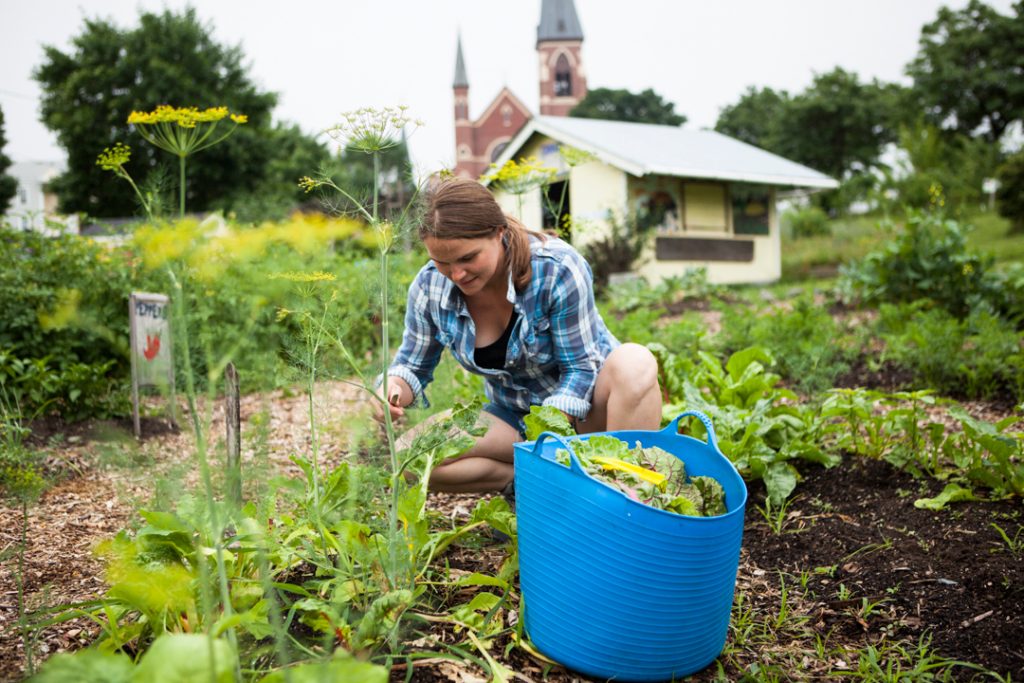The Roots of the School/Community Garden Movement
Because of all the enormous benefits of school/community gardens, there has been a lot of grassroots organizing to promote them in urban areas. In the page tabbed under this one, you can explore just a few of such organizations, and read about their work. These organizations are primarily started by community members and activists who are dissatisfied with unequal food and nutritional access, especially in urban cities. They help create these grassroots non-profits to run multi-faceted organizations that work with schools and with the larger community. Often times these gardens become community hubs, where people learn about gardening techniques and local food access as well as share ideas and interact with others. This makes school and community based gardens places where teachers, parents, students, and community members come together and work together.
Over time, grassroots organizations have come to see garden-based learning beyond the physical and nutritional benefits of garden-based learning. These organizations that partner with local schools see kids as the future of environmental and food justice within their communities, and believe that by getting kids actively involved in the garden, whether through internships, school programs, or after-school activities, they can encourage healthy and sustainable eating habits while also fostering leadership and responsibility qualities.10 The majority of the organizations that I have looked into want their school/community gardens to empower the students and the surrounding community community and educate them about local, sustainable food systems. Some, like the Detroit Black Community Food Security Network, explicitly say that that the establishment of their organization is to combat discriminatory food access and food deserts.
In the midst of a highly test-oriented, rigorous public education system garden-based learning resists the notion of test-driven curriculum, and instead encourages holistic and comprehensive learning across many different subjects.10 This is how teachers are also involved in this grassroots revolution: they are rewriting the standards of their curriculum to more fully address the needs of kids in urban schools. Some of the organizations listed on this page help teachers write this curriculum to get the most benefit out of their learning gardens. This process becomes a collaboration between teachers and community members, bridging the divide between them under a common cause.
Despite the successes of urban school/community gardens, there are still numerous challenges faced; the number one reason being funding. Some of the grassroots organizations I have looked into stopped posting only a few years after their creation. This is because it takes a lot of manpower and funding to run a successful garden, especially one which runs educational programs about food access. As such, a lot of the organizations that initially started out as grassroots become infiltrated with corporations, who bring money but who also bring demands. Even organizations that start out with the best intentions succumb to corporate influence because the garden becomes monetarily unsustainable. As a result, the gardens are able to reach a wider swath of people, but at what cost? To what extent do the community organizers still have a say in their own organization? This is why I believe more school funding should go directly to supporting school gardens. We have seen all of their benefits, which clearly means that they are an important investment to make.

Youth gardener in Cultivating Community’s garden in Portland, ME. From https://www.cultivatingcommunity.org/grow-food-with-us/youth-programs/youth-growers/
